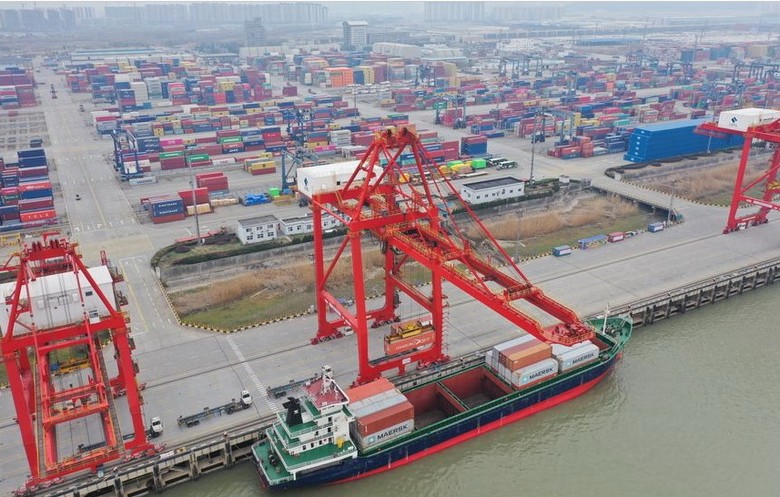
Financial conditions improved modestly in emerging East Asia between late November and early March amid eased recession risks and inflationary pressure, according to the latest issue of the Asian Development Bank’s (ADB) Asia Bond Monitor. However, conditions weakened at the end of the period due to uncertainty about United States (US) monetary policy and recent turmoil in the US and European banking sectors.
Between December 2022 and January 2023, easing economic headwinds and the reopening of the People’s Republic of China (PRC) drove up equity markets, narrowed risk premiums, strengthened currencies, and propelled portfolio inflows into the region. Regional financial conditions weakened between February and early March.
Emerging East Asia comprises member economies of the Association of Southeast Asian Nations (ASEAN); the PRC; Hong Kong, China; and the Republic of Korea.
“The recent turmoil in the US and European banking sectors underscores the importance of sufficient liquidity buffers amid tightening financial conditions,” said ADB Chief Economist Albert Park. “Corporate balance sheets weaken as asset values fall due to rising interest rates. Liquidity stress can occur when companies can’t refinance to meet their financial obligations in a timely way.”
The region’s local currency bond stock grew 1.2% from the previous quarter to $23.2 trillion at the end of December. Government bonds outstanding in the region totaled $14.8 trillion at the end of 2022, while corporate bonds reached $8.4 trillion.
Regional local currency bond issuance contracted 6.7% in the fourth quarter of 2022 to $2.2 trillion. Both the government and corporate bond segments witnessed quarter-on-quarter contractions in issuance, as governments had fulfilled the majority of their borrowing requirements by the third quarter and corporate issuers sought to avoid rising borrowing costs.
Expansion of the sustainable bond market in the ASEAN region plus the PRC; Hong Kong, China; Japan; and the Republic of Korea (ASEAN+3) slowed to 36.7% but continued to outpace the overall bond market. Sustainable bonds in ASEAN+3 totaled $589.3 billion at the end of 2022.
The latest issue of Asia Bond Monitor presents the results of the AsianBondsOnline 2022 Bond Market Liquidity Survey, which found weakening liquidity overall last year. Survey respondents also noted the need to develop hedging instruments for the bond market.
ADB is committed to achieving a prosperous, inclusive, resilient, and sustainable Asia and the Pacific, while sustaining its efforts to eradicate extreme poverty. Established in 1966, it is owned by 68 members—49 from the region.


























